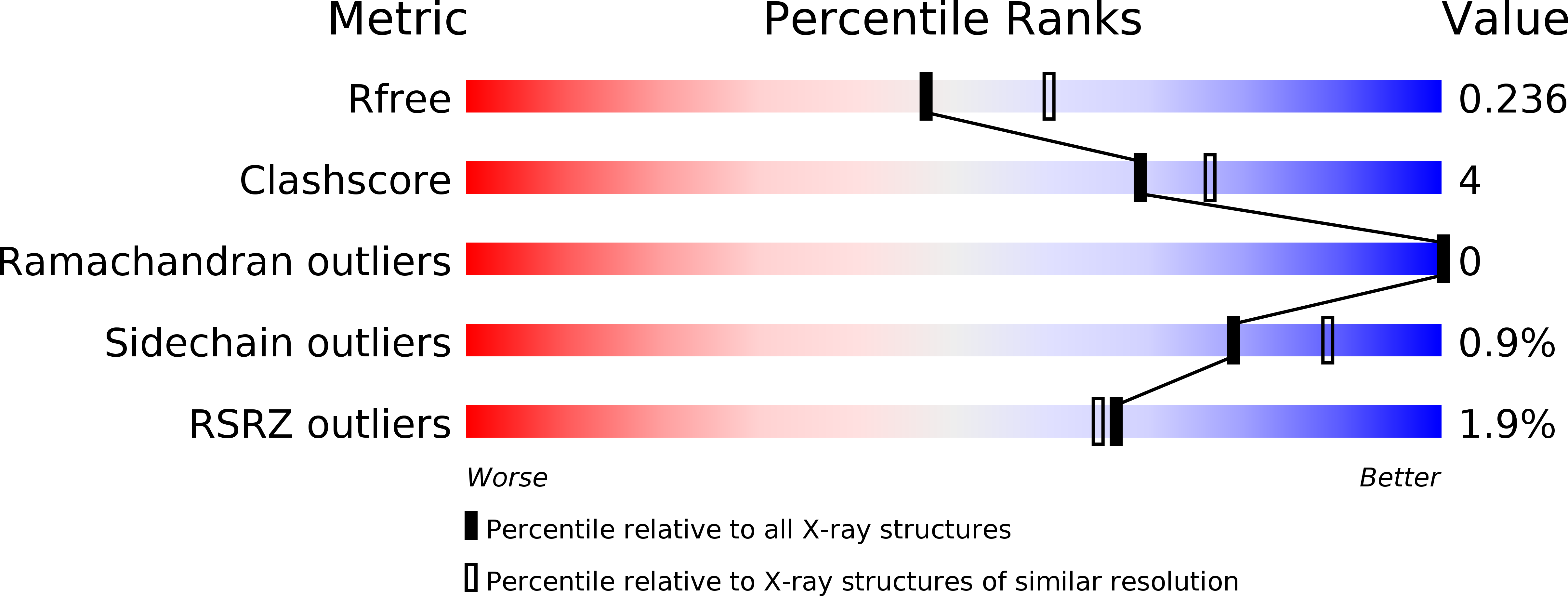
Deposition Date
2014-12-03
Release Date
2015-11-25
Last Version Date
2023-12-20
Entry Detail
Biological Source:
Source Organism:
NEISSERIA MENINGITIDIS (Taxon ID: 487)
Host Organism:
Method Details:
Experimental Method:
Resolution:
2.19 Å
R-Value Free:
0.23
R-Value Work:
0.18
R-Value Observed:
0.19
Space Group:
P 1 21 1


